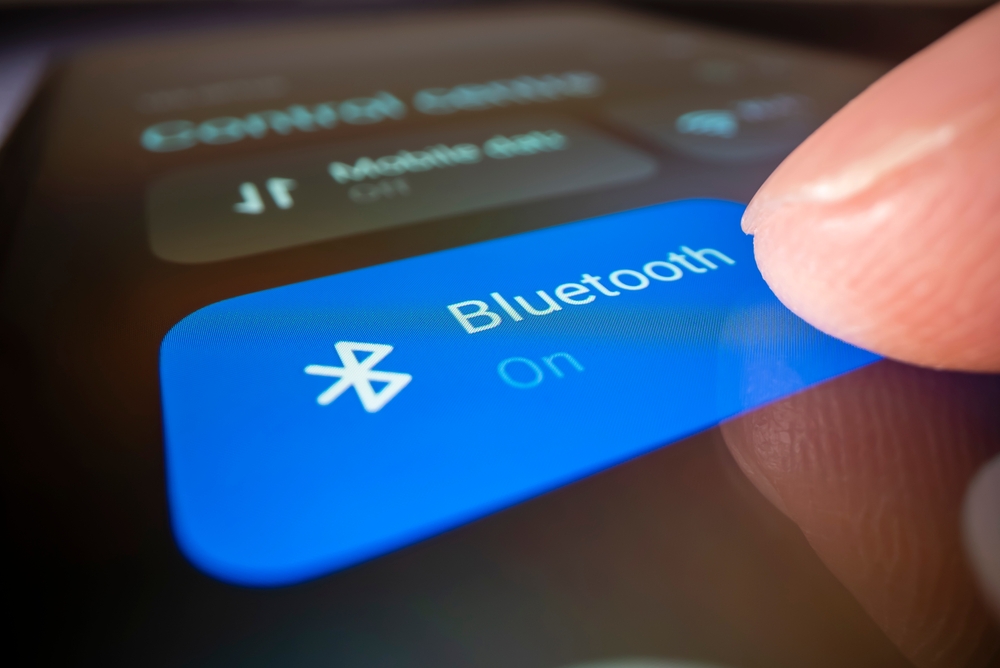Others are reading now
The Android operating system stands at the forefront of innovation, constantly introducing features that aim to enhance user experience.
The latest update to Android 15 is no exception, bringing with it a significant change to how Bluetooth functions on devices running this version.
Traditionally, turning off Bluetooth on your device meant completely disconnecting from all Bluetooth services.
However, with Android 15, this is set to change. The update introduces a new mode that allows Bluetooth to continue operating in a low-energy state, even when it appears to be turned off.
Also read
This means that while the main functionalities of Bluetooth are inactive, it can still perform essential tasks in the background without significantly impacting battery life.
As reported by Trusted Reviews this innovative approach aims to improve the convenience and efficiency of Bluetooth services. For instance, it enables the use of features like Find My Device and connectivity with smart home devices without needing to keep Bluetooth fully active.
This not only enhances the user experience by providing seamless connectivity options but also contributes to energy conservation.
Critics might raise privacy concerns, questioning the security implications of having Bluetooth operational in a dormant state.
However, proponents argue that the benefits, including improved device tracking and management of connected devices, outweigh potential risks.
Moreover, this update reflects a broader trend in technology towards more intelligent, energy-efficient systems that maintain functionality while minimizing resource consumption.
This shift in Bluetooth functionality is just one of many updates anticipated with Android 15, as developers continue to push the boundaries of what’s possible with smartphone technology.
As we move forward, it will be interesting to see how these innovations shape our interactions with digital devices and the world around us.


